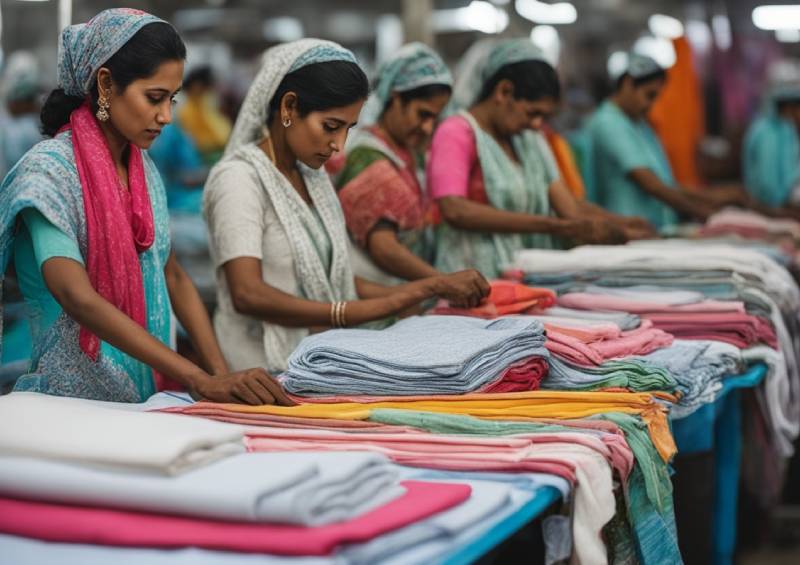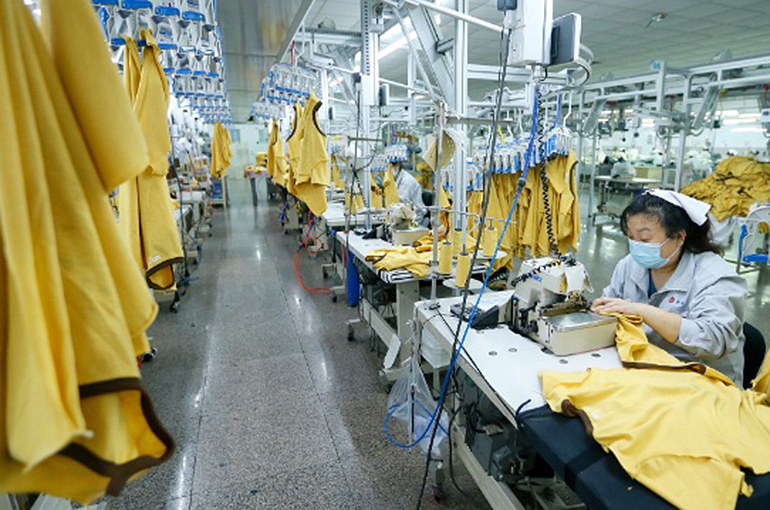"One of the reasons for these brands’ failure in the Chinese market is their conflicting ideas on doing business in China. However, there are a multitude of reasons for their failure in China that from bad timing to cultural missteps or inflexibility. Also, the Chinese market changes much faster than those in the US and Europe. On other hand, Western brands are slow to react to changing trends. Their lack of understanding of the legal and cultural environment leads to most failures."
 In recent years, China has become a predictor of future retail trends. The new retail model promoted by Chinese e-commerce giants like Alibaba and Tencent is “revolutionising the retail-scape” and is perfectly in line with changing consumer behavior. Therefore, these days a brand’s success in the Chinese market has become absolutely necessary for its global success. Failing in the Chinese market signals total global failure for these brands. Some recent examples of this are brands Macy’s and Forever 21, whose failure in China has made them the latest victims of the retail apocalypse.
In recent years, China has become a predictor of future retail trends. The new retail model promoted by Chinese e-commerce giants like Alibaba and Tencent is “revolutionising the retail-scape” and is perfectly in line with changing consumer behavior. Therefore, these days a brand’s success in the Chinese market has become absolutely necessary for its global success. Failing in the Chinese market signals total global failure for these brands. Some recent examples of this are brands Macy’s and Forever 21, whose failure in China has made them the latest victims of the retail apocalypse.
Slow adoption of global trends leads to failure in China
As per Harvard Business Review, one of the reasons for these brands’ failure in the Chinese market is their conflicting ideas on doing business in China. However, there are a multitude of reasons for their failure in China that from bad timing to cultural missteps or inflexibility. Also, the Chinese market changes much faster than those in the US and Europe. On other hand, Western brands are slow to react to changing trends. Their lack of understanding of the legal and cultural environment leads to most failures.
Be it Bay’s failure to build connections with consumers, Macy’s disregard for the local culture, Amazon’s failure to adapt to local market or Forever 21’s flawed marketing strategy. These Western brands commonly ignore market considerations while breaking the rules of engagement with Chinese consumers.
Brand success stories in China
However, all is not lost as there are some Western brands who have translated their Chinese triumphs into an overall resurrection. Some of the most prominent examples are struggling luxury retailers like Tiffany & Co. and Salvatore Ferragamo who have successfully reinvented themselves as premier players in China.
Similarly , LVMH and Kering too have recorded stellar performances in the Chinese market as their best performing brands — Louis Vuitton and Dior for LVMH and Gucci and Saint Laurent for Kering — rely heavily on Chinese consumers. These examples reiterate the fact that the Chinese market can either make or break brands. Furthermore, luxury retailers that implement a “new retail” concept — even in Western societies — can replicate their Chinese success globally as both consumers and markets across the world are becoming just as sophisticated as the Chinese consumers.
Seamless multi-channel experience in China
A few years ago, consumers were looking for personalised services and chose stores that offered it. Harvard Business Review states this has changed now as consumers now expect a more sophisticated approach in their retail interactions. This has led to brands offering seamless multi-channel experiences, highly personalised products, made-to-order services, and persistent personalised customer experiences. Luxury brands that are serious about future success should look to China for inspiration and impulse.












